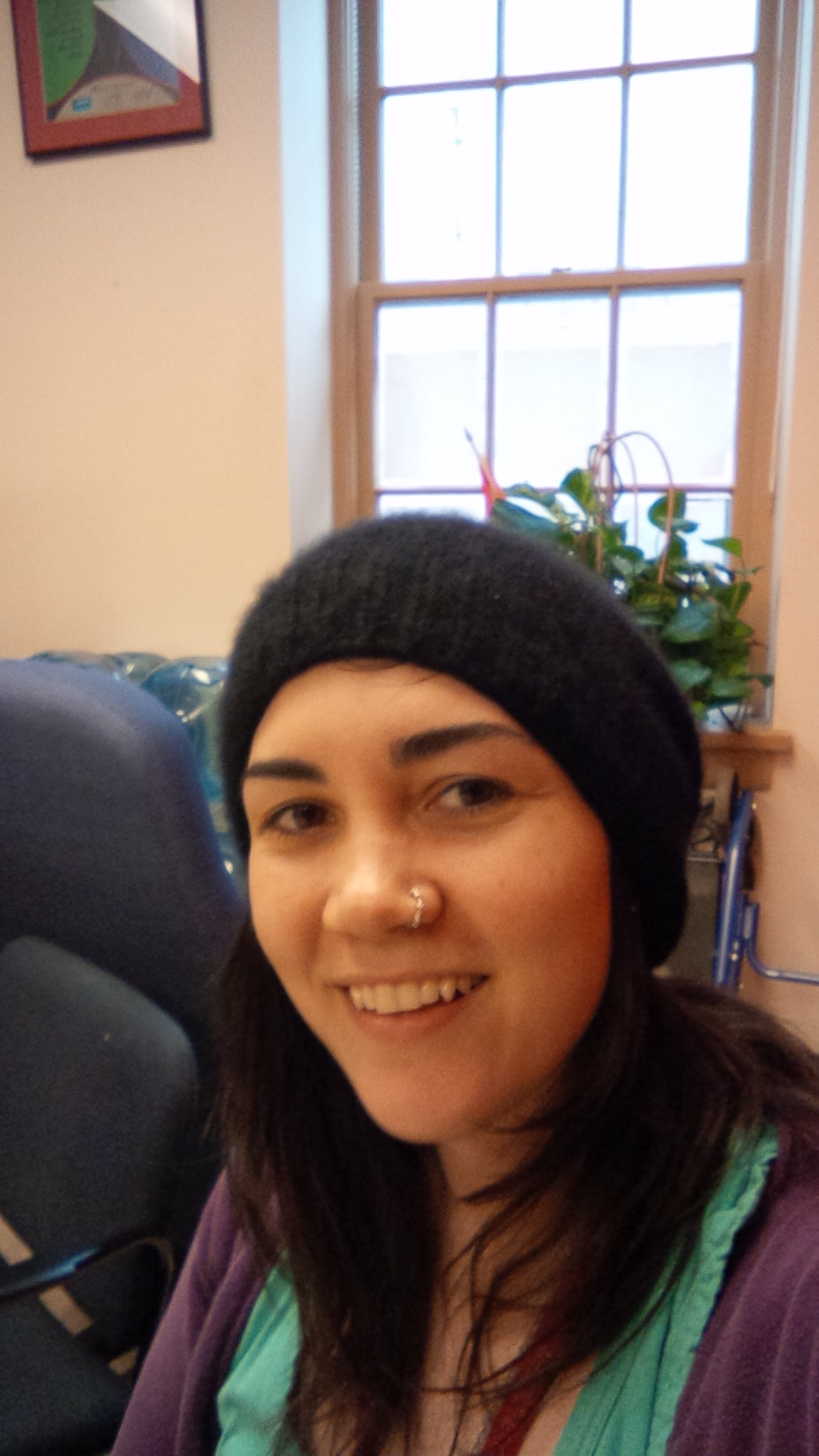The harm reduction series on CARBC’s Matters of Substance blog has spent the past three months examining the scope of harm reduction as an approach to reducing harms of drug and alcohol use. These posts explore harm reduction as we know it today by going beyond evidence of injection drug users engaged in HIV prevention programs; rather, we establish that harm reduction now includes a wide range of user-informed, user-specific initiatives. For instance, some of the blog contributions include introductions to crack kit distribution, safe consumption services, syringe access for prisoners, opioid substitution treatment, managed alcohol programs, Housing First programs, and even e-cigarettes. Such initiatives have shaped a public health landscape in BC that focuses not on drug and alcohol use itself, but instead on the determinants of health which influence safer substance use environments.
This blog series has shown that harm reduction works – and as a pragmatic approach to public health, it is only appropriate that we highlight some more recent research taking place in the harm reduction field. The post by Ashraf Amlani and Dr. Jane Buxton reveals that B.C.’s Take Home Naloxone Program has saved an overwhelming 55 lives from 600 naloxone kits distributed since 2012. Among the over 30 research studies conducted at Insite, we learn that supervised consumption sites increase access to drug treatment, decrease drug use and disease transmission, and eliminate on-site overdose deaths – collectively, a social benefit worth approximately $6 million per year. We also learn that such approaches work across populations, with crack pipe distribution decreasing crack cocaine use and disease transmission in Vancouver.
These examples and other evidence have helped change both the political and public health climate in British Columbia. Harm reduction expert Dr. Carol Strike used such evidence to develop best practices, setting a higher precedence for public health practices across the country. Perhaps one of the main themes in these best practices, and our blog series overall, is user-informed, user-involved public health practice and policy. Actively engaging the people who are affected by drug and alcohol use not only makes sense and provides insight, but also creates a trusting environment, increases legitimacy and contributes to the self-worth of the community itself – a “win-win-win” situation.
An early post in the harm reduction blog series reveals that over three-quarters of British Columbians support harm reduction. Exciting, right? But even after 10 years of passionate debate, evidence building and community organizing, all of our guest bloggers acknowledge that there is still a lot of work to do.
Donald MacPherson, the Director of the Canadian Drug Policy Coalition, points out that one of the biggest hurdles we face is advancing public health policy in the face of criminalization of drug use. As such, MacPherson argues, we must continue to urge the government to eliminate criminalization of drug use in an effort to maximize a more comprehensive approach to drug problems. Without action, we risk perpetuating more harm being caused by these policies.
And although the public is becoming more comfortable with needle exchanges (over 72 percent of British Columbians are in support), they are still warming up to supervised injection sites across the country. One reason for this may be a more limited public perception and understanding of sometimes counterintuitive, non-traditional approaches to substance use, such as managed alcohol use programs and a Housing First model.
So what’s next? The fact remains that while we have gained momentum in public health, there is still a lot of work to do. Over the next couple years, we have the opportunity to translate evidence and public opinion into policy and connect it to a more comprehensive approach to public health. We’ll get there by raising our voices, continuing to present evidence and working to inform best practices. We certainly look forward to continuing the conversation.
Author: Alissa Greer, Centre for Addictions Research of BC
*Please note that the material presented here does not necessarily imply endorsement or agreement by individuals at the Centre for Addictions Research of BC


